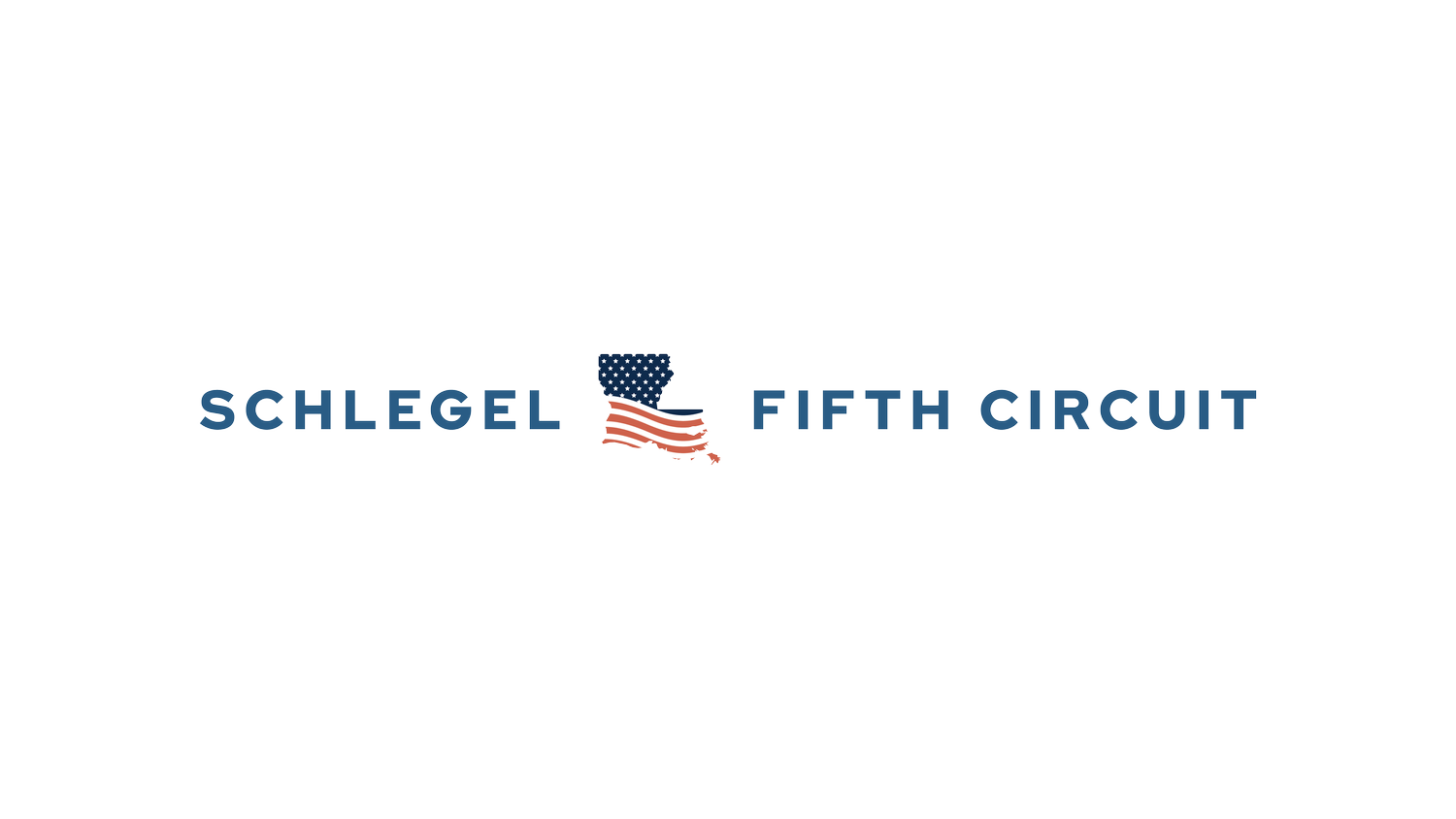Modernizing Justice: The Power of Simple Tech Solutions - AI Not Included
We often hear about how AI is going to revolutionize the justice system. But sometimes simpler solutions are more effective, especially when we lack a strong technological foundation. The real challenge lies in our ability to communicate, coordinate, and adapt efficiently. Despite technological progress, the justice system still relies on outdated processes in many places—paper trails and slow communication that can mean the difference between timely intervention and preventable tragedy. The solution may be simpler than we think, requiring the right leadership and mindset to implement basic, effective tools.
The Potential of Simple Technology
Imagine a justice system where every actor, from judges to health care providers, has real-time information. This doesn't require a complete overhaul, but rather small, meaningful changes: digital sign-ins, secure messaging platforms, and instant notifications. These tools already exist but haven't been effectively utilized in the justice system.
Take drug courts, for example, where probationers must comply with numerous requirements. Relying on paper sign-ins and delayed communication creates opportunities for probationers to fall through the cracks. By the time a judge learns of a positive drug test, a new crime may have already been committed, creating a new victim and a missed an opportunity for intervention.
A simple solution could involve:
1. Using an iPad for sign-ins, ensuring probationers are digitally logged and instantly verified with a photo.
2. Implementing a secure Slack channel to alert all relevant justice partners when a probationer tests positive.
3. Creating a swift, coordinated response where every stakeholder knows their role and can act accordingly.
In this interconnected system, immediate action can be taken when a probationer tests positive for a prohibited drug. The judge orders remand, law enforcement detains and transports the probationer, the probation officer files the necessary paperwork, and the clerk schedules a prompt hearing within 72 hours. The prosecutor and defense attorney are immediately notified through the secure platform, allowing them to begin preparing their cases and ensuring due process is maintained. Meanwhile, case managers and health service providers can assess the situation and arrange treatment if needed, often transferring the probationer to treatment before the hearing and preventing jail detoxification. This comprehensive approach ensures that all stakeholders, including legal representation, are involved from the outset, promoting both efficiency and fairness in the process. Importantly, this swift and coordinated response can prevent new victims by addressing issues before they escalate into criminal behavior.
Leadership as the Key to Modernization
The power of technology to transform the justice system isn't about the tools themselves—it's about leadership that champions their use. It's about professionals willing to say, "There has to be a better way," and who are open to experimenting with simple but effective solutions. This isn't about turning the courtroom into a tech startup; it's about finding practical ways to bridge the gap between current capabilities and future potential.
With the right mindset, even small steps can lead to transformative outcomes. An iPad becomes a tool for accountability, and Slack notifications can make the difference between life and death.
Modernizing with Thoughtfulness and Precision
Modernizing the justice system requires a thoughtful approach though, that considers the specific needs of the court, ensures security and privacy, and focuses on real impact. It means evaluating each tool by its utility, not its novelty. It also requires building partnerships within the justice system and beyond to ensure alignment in goals and actions.
The key lies in understanding workflows and building strong partnerships. As criminal justice experts, we must define our needs and processes, allowing technology to support rather than dictate our actions. The tech is just a tool; the real power lies in how we use it to enhance our expertise and collaboration.
The Vision for Tomorrow
The justice system is at a pivotal moment. With the right approach, we can move past outdated processes and embrace a future where technology plays a meaningful role in delivering justice efficiently and effectively. It's not about being at the cutting edge of technological innovation; it's about using what we already have—with intention, purpose, and the understanding that even simple tools can make profound differences when used wisely.
Modernizing the justice system doesn't require groundbreaking technology. It requires the courage to identify what's broken, the humility to seek better ways, and the leadership to implement them—no matter how simple they may seem. The future of justice lies not in the complexity of our tools, but in the simplicity of using them effectively, thoughtfully, and with a commitment to the people we serve.
And here's the exciting part: once you've established this foundation of efficient, interconnected systems, you're well-positioned to explore more advanced technologies. If you've successfully implemented these basic tech solutions and are ready to take the next step, by all means, start layering in AI. With a solid technological infrastructure in place, AI can be a powerful tool to further improve the justice system. The key is to approach these advanced technologies with the same thoughtfulness and focus on practical outcomes that guided your initial modernization efforts. The justice system of the future is within reach—and it starts with the simple, effective steps we take today.
Subscribe to my Substack newsletter today so you don’t miss out on a post. https://judgeschlegel.substack.com

